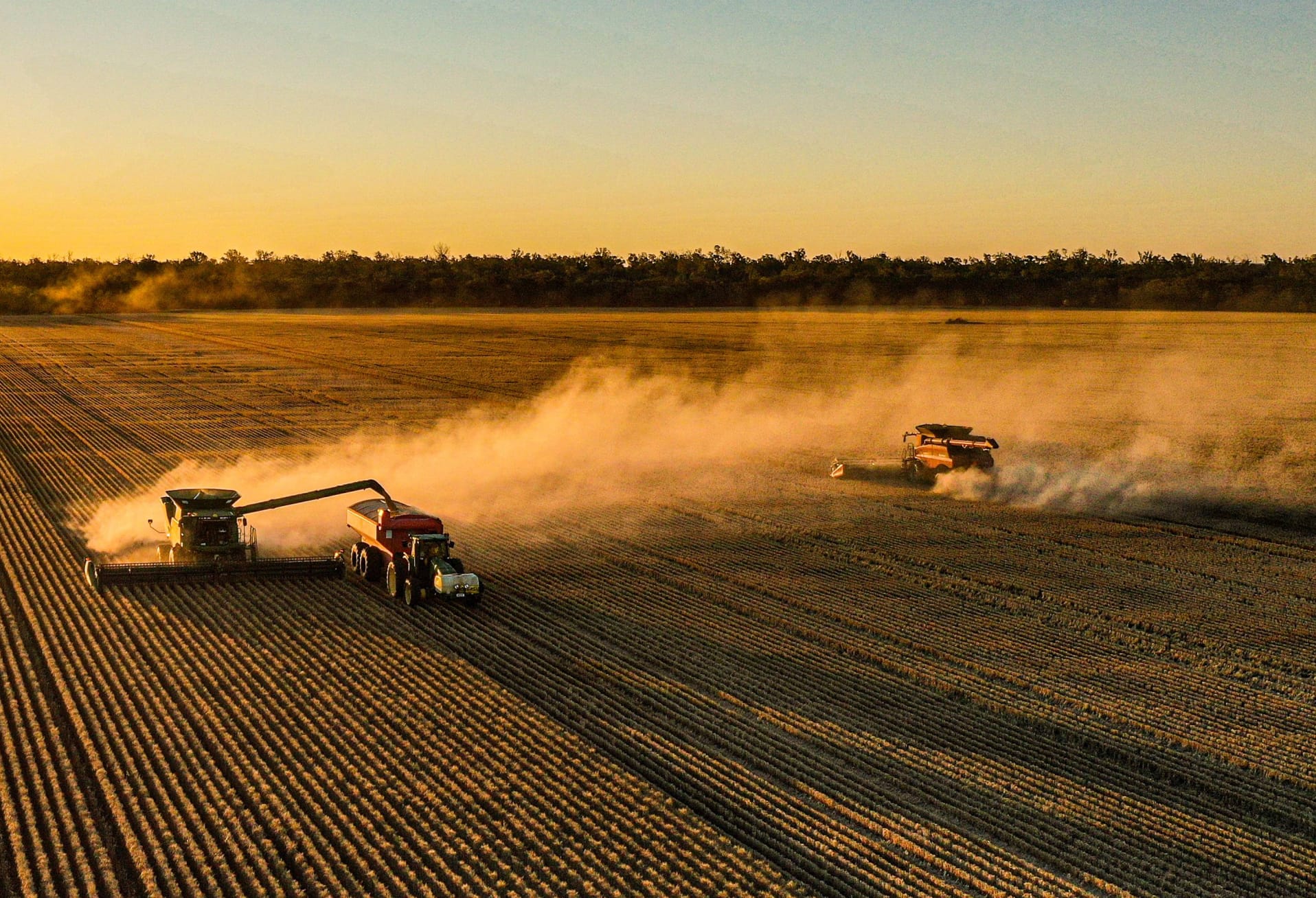In 2014, variety selection again had a significant bearing on whole farm profitability.
In a challenging season, which brought with it good opening season rainfall, heavy frosts, pests and diseases (including beet western yellows virus) and below average winter rain, varieties were truly tested. And as expected, early-to-mid season varieties proved the best performers.
BCG variety trial results, together with National Variety Trial (NVT) data, play an important role in helping growers assess the performance of new crop varieties on a range of soil types under varied climatic conditions. It is important, however, to view results from a single year with caution.
Particularly in years in which conditions and/or agronomic events are outside what is ‘average’ or ‘normal’, variety performance data should be kept in perspective and compared over a number of seasons. As Claire Browne discusses in her wheat variety and time of sowing report ‘Wheat varieties and time of sowing’ pp. 55), the characteristics of each variety fit the needs of the farming system, including potential quality, rotations, a paddock’s disease and weed status, the seasonal outlook, cash flow and risk.
While yield remains a major driver of profitability (together with price and costs), quality, disease resistance and susceptibility to frost damage are crucial to decision making.
When considering BCG’s 2014 crop variety results, and the NVT results (‘Appendix 3: NVT wheat yield data’ pp. 218) with a view to variety selection for 2015, growers should first decide whether their current varieties meet the needs of their particular farm system. Any identified deficiencies in varieties used previously in the cropping plan may be rectified by careful planning and research.
Growers should ask the following questions before deciding to replace their crop varieties:
- Has the variety delivered satisfying results over a range of sowing times and seasons? Logistics and farm size are relevant here. Will it be possible to plant a particular variety in its optimum sowing window? This is less important for canola and pulses as the area sown to these crops is likely to be much lower.
- How will a new variety fit with the current rotation? Agronomic issues such as CCN resistance, weed control/competitiveness, nitrogen fixation and stubble characteristics must be taken into account.
- How suited is the variety to a range of soil types? A variety that does well on sub-soil constrained soil types around Birchip may not perform as well on deep sands in the northern Mallee.
- What quality segregation is being targeted? What yield or specific dollar advantage would justify replacing a current variety with one that might fall into a different grade? For example, would growing a Malt barley variety be more profitable than a higher yielding feed variety?
- How marketable is the variety? Does the local receival site accept the variety or will it need to be transported further afield to achieve the desired grade? This is particularly important for Roundup Ready canola and specific Malt barley varieties.
- Is Clearfield herbicide tolerance a high priority? If so, it could be possible that reliance on this technology is too heavy and a non-Clearfield variety could yield better.
- Should End Point Royalties (EPR) be a deterrent to selecting a new variety? EPRs help to fund breeders to release improved varieties. A yield increase of just 15kg/ha will cover a $3/tonne EPR, but a 10 per cent yield increase is worth $40/ha in a 2t/ha barley crop.
- Is the variety’s disease resistance suited to the geographic area and rotation?
- Will you want to graze crops, or sow early if the opportunity presents? Mixed farmers may want to consider the pros and cons of adding ‘long-season’ or ‘dual-purpose’ varieties to their rotation.
As new varieties are released promising more benefits, and variety performances vary from year to year, it can be very easy to fall into the trap of changing varieties every season. It is important not to forget the individual vagaries of the farm system and to view variety comparison data critically. When looking at variety data, also take into account the date the trial was sown as this can have an impact on performance (Browne C., pp 55). Remember, appropriate variety selection is pivotal to increasing whole farm profitability so considerable thought should go into this decision.
